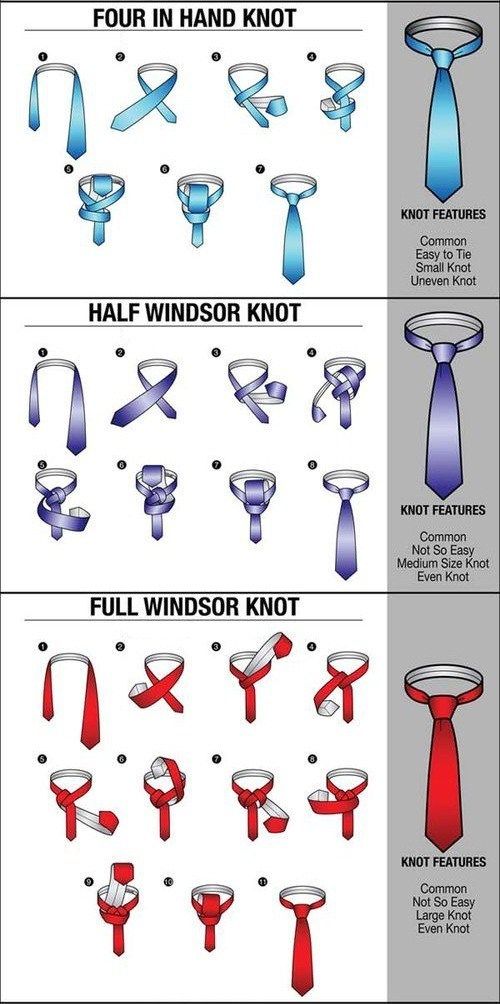How to tie basketball net
How to Put on Basketball Net (8-Step Guide with Pictures)
Is it time to replace the net on your basketball hoop? If you have a basic nylon net and you’re one of those sharp shooters who get nothing-but-net, you may find that your net wears out quickly. Even if you have a tougher rope type net, like you see in the NBA or NCAA, eventually it is going to wear out, especially if you have an outdoor hoop.
Even if it is not worn out, it may start to get dirty and dingy looking, or you may just want to change your aesthetic by getting a net that is a different color, design or type.
Quick Navigation
Why Do I Need a Basketball Net?
Some may think that a net is a trivial part of a basketball hoop, but it is, in fact, a very important part of the game and your hoop. Have you ever tried playing without one? If you haven’t, give it a try and you will see the difference immediately.
The ball is slowed down as it goes through the net. Photo by Melissa Medina.![]()
See the net slows the ball down after it goes through the hoop. An important effect that allows us to see that a basket has definitely been made. Without it, it can sometimes be very hard to see if the ball actually went through. The speed of the ball can sometimes trick the eye, and if the ball does not contact the rim it can make it really hard to tell.
My Personal Experience
I’ve had to play quite a few times without a net. Whether it was at a public court, where the net was just gone, or at my own court where it wore out during a game and we didn’t want to stop to go to the store to get a new one.
In any case, it’s just not the same, playing without a net. Shooting those long 3 pointers and not hearing the swish sound, can be very disappointing. The net really does give that extra feeling when you make a shot. Without a net, there is just something missing.
Very Important!
Replacing a basketball net will most likely involve you getting up on a ladder.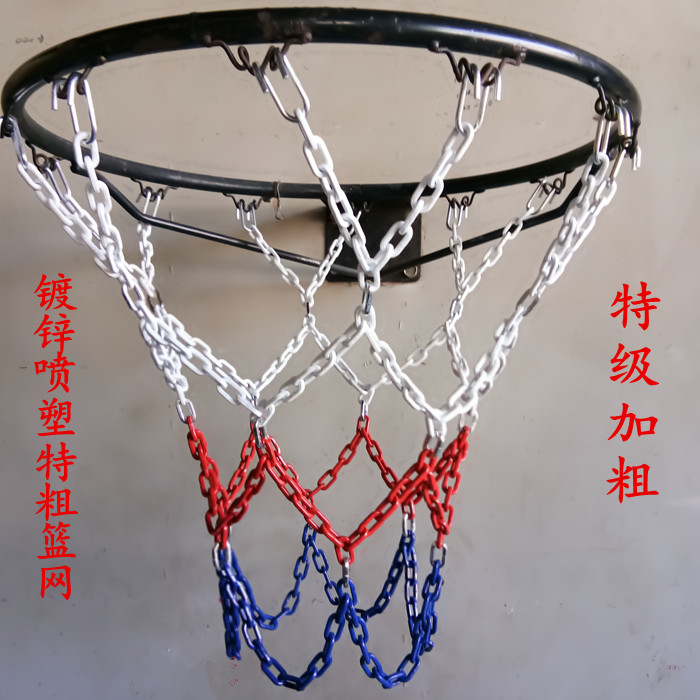 Please be cautious and make sure your ladder is on stable ground and that you do not stand on the top step or rung of the ladder. If possible, get a helper to hold the ladder steady for you.
Please be cautious and make sure your ladder is on stable ground and that you do not stand on the top step or rung of the ladder. If possible, get a helper to hold the ladder steady for you.
Don’t have a ladder at home? You can get one from Amazon.
Resources You’ll Need
- A new basketball net (like this or this).
- A step ladder.
- A helper.
- A pair of scissors (like this).
How to Put on a Basketball Net: A Step-by-Step Guide
The following are general instructions for putting on a basketball net. These instructions are for a standard regulation basketball net and rim.
Step 1: Set up your ladder.
If you have an adjustable hoop, it might be best to lower it as low as you can. Once you lower it, make sure that it is secured. If it goes low enough, you may not need a ladder, but it can still make the job much easier. Set up your ladder up so that it is centered under the front of the rim.
Center the ladder under the hoop.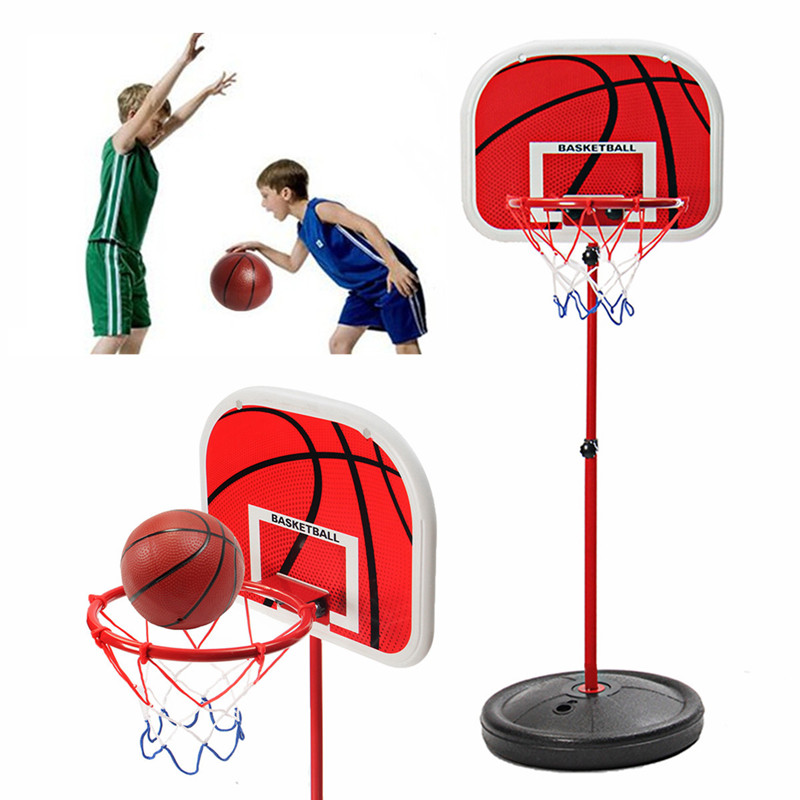
Step 2: Remove the old net.
If the old net is still on the rim, you will need to remove it first. Carefully climb the ladder and have your helper hand the scissors to you once you are stable and in a comfortable place. Carefully cut each loop near the rim and pull the remaining parts of the net out of the hooks on the rim.
Cut the net.
Step 3: Figure out which side of the net to attach to the rim.
Have your helper hand the net to you, so you can start attaching it to the rim. If you can’t tell which side of the net to attach. Look at the net. The end with the longer loops, will be the end that you attach to the rim.
Long loops on net.
Step 4: Push the net loop through the rim hook.
Grab one of the long net loops and hold it between your index finger and thumb. Squeeze it so that you can push it through the rim hook from the inside of the rim to the outside of the rim.
Push the net loop through the rim hook.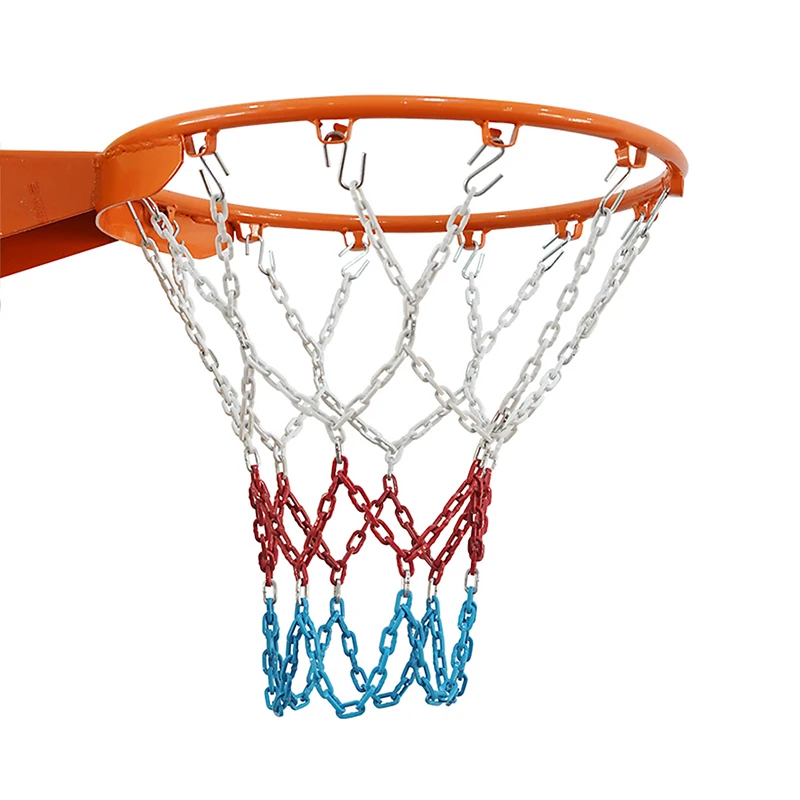
Step 5: Attach the net loop to the rim hook
Open up the net loop enough that you can loop it around the front of the rim hook. Hold it in place with one hand and with your other hand, firmly pull the net loop from the inside of the rim, so that the loop tightens firmly in the rim hook.
Attach the net loop to the rim hook.
Step 6: Hook the remaining net loops to the remaining rim hooks.
Repeat steps 4 and 5 for the remaining net loops and rim hooks. There are 12 hooks on a standard rim, so you should have 11 more to go. Make sure that you don’t skip any loops or hooks. Also, make sure that you keep the net loops straight and do not get them entangled with the other loops. If so, you may need to remove the entangled loops and re-attach them.
Step 7: Pull the net tight.
Grab the bottom of the net and firmly pull it downward to ensure all the loops are attached and to stretch and straighten the net out a little.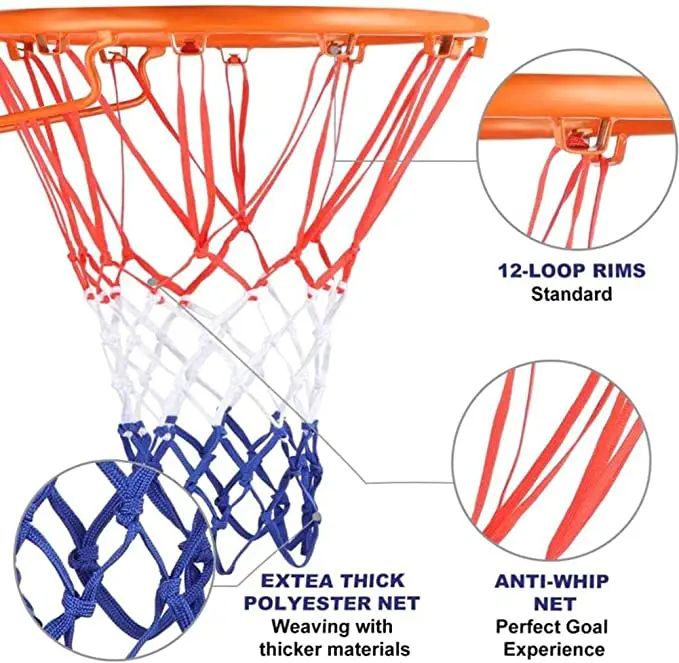
Pull the net tight.
Step 8: Play ball.
Start shooting some hoops and have fun playing basketball with your new net.
Final Words
Having a net on your basketball hoop is an important part of being able to enjoy the game. You can replace your net with a good heavy-duty net, or you can go with one that adds some color to your hoop.
Whatever you choose, replacing your net is fairly simple, so don’t hesitate to replace it whenever it starts to feel worn or you just want to give new life to your hoop.
How to Replace the Net on a Basketball Hoop
Written By: Kevin A Walker (and 6 other contributors)
- Favorites: 0
- Completions: 3
Difficulty
Very easy
Steps
5
Time Required
10 minutes
Sections
1
Flags
0
- BackSporting Goods
- Full Screen
- Options
- History
-
- Download PDF
- Edit
- Translate
-
- Embed This Guide
-
Introduction
If you have an old basketball net that needs replacing, check out this guide!
No tools specified.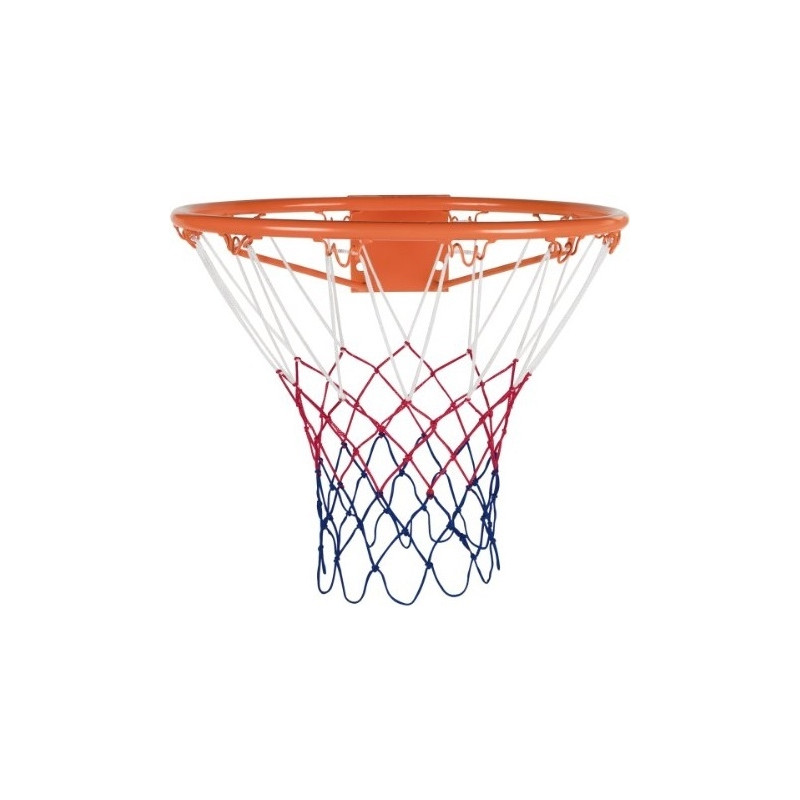
-
Edit
-
-
Loop the first net loop through the basketball rim.
-
Push the net through each loop on the basketball rim.
-
Pull the net loop down and spread the rope across the rim coil as shown
-
Pull the net tightly to the rim.
Edit
-
-
Edit
-
Edit
-
Edit
Almost done!
Now that you've replaced your net, you're ready play some basketball.
Conclusion
Now that you've replaced your net, you're ready play some basketball.
Cancel: I did not complete this guide.
3 other people completed this guide.
Author
with 6 other contributors
Badges: 8
+5 more badges
Team
90,000 how to connect a basketball grid - Structure Review
Content
- My first book
- Spartakiad (Odintsovo District)
- Physical Culture 2018
-
- Physical Culture 2017
-
-
- 9000 9000 9000 9000 9000 9000 9000 education
- Documents for CERTIFICATION
- Home > Document
- App.
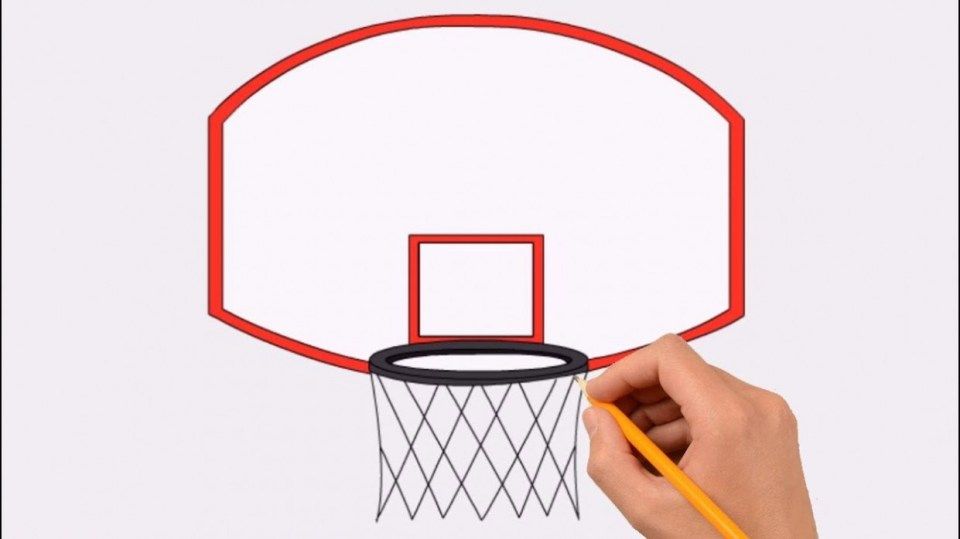 Magazine Young Technician No. 5-84g.
Magazine Young Technician No. 5-84g. - Drawings by E. ORLOV
- BADMINTON DAY NET
- BASKETBALL NET
- SQUARE CELL NET
When I enter the sports halls of the district and region schools, I often pay attention to the poor condition of the basketball nets or the lack of basketball nets. “It seems that a year ago they hung new nets, but now they are barely “breathing”!” - so, usually, physical education teachers say. After all, I'm right! Is not it? I solved this problem for myself 5 years ago.
At that time, I was very dissatisfied with the quality of the basketball nets I bought in the store. And, without hesitation, I bought a rope in a hardware store and wove my first basketball net. I had to work a little and experiment so that it turned out to be beautiful, durable and correct. To my surprise and joy, having made 6 nets 5 years ago, I hung them on basketball hoops in my school gym and ... they are still like new (note that students play basketball in the gym every day)!
Today I want to bring to your attention a master class on making a net for a basketball hoop.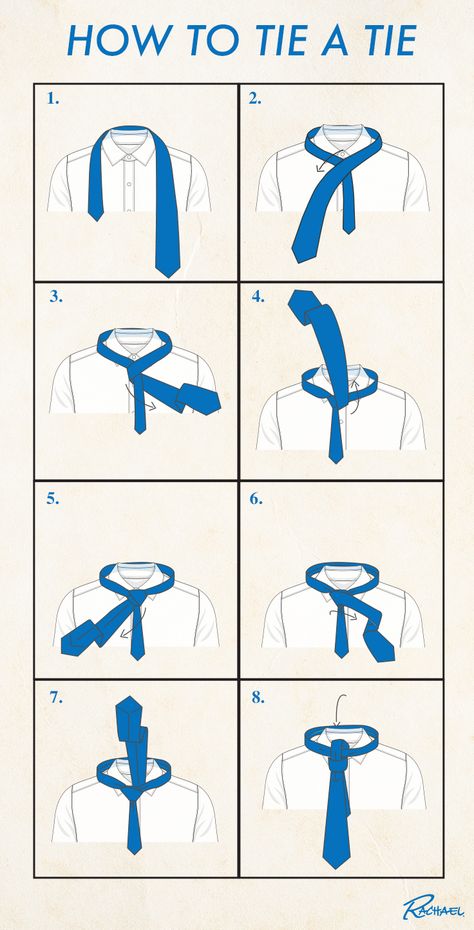 What is needed for this: a nylon rope (household cord) 20 meters long (5 mm in diameter), a thin metal cable 160 cm and a template (a bar with five nails driven in without hats as shown in the picture).
What is needed for this: a nylon rope (household cord) 20 meters long (5 mm in diameter), a thin metal cable 160 cm and a template (a bar with five nails driven in without hats as shown in the picture).
So, let's get to work:
- Cut the rope into 12 equal pieces (160 cm each). Melt all ends of the ropes (so that they do not fray over time) using matches or a lighter.
- Each piece of rope is folded in half.
- Take one piece, loop over the nail and tie a knot (see photo) after 100 mm. The node is called a "simple conductor". By the way, all subsequent knots are knitted in this way.
- Carry out the same steps as in point 3 with the remaining 11 pieces of rope.
- The next step is to link 12 blanks together (see photo).
- Tie the ends of the ropes together last when 5 rows have been completed.
5 rows of woven mesh is sufficient. I gave the optimal rope sizes and cell sizes between the knots.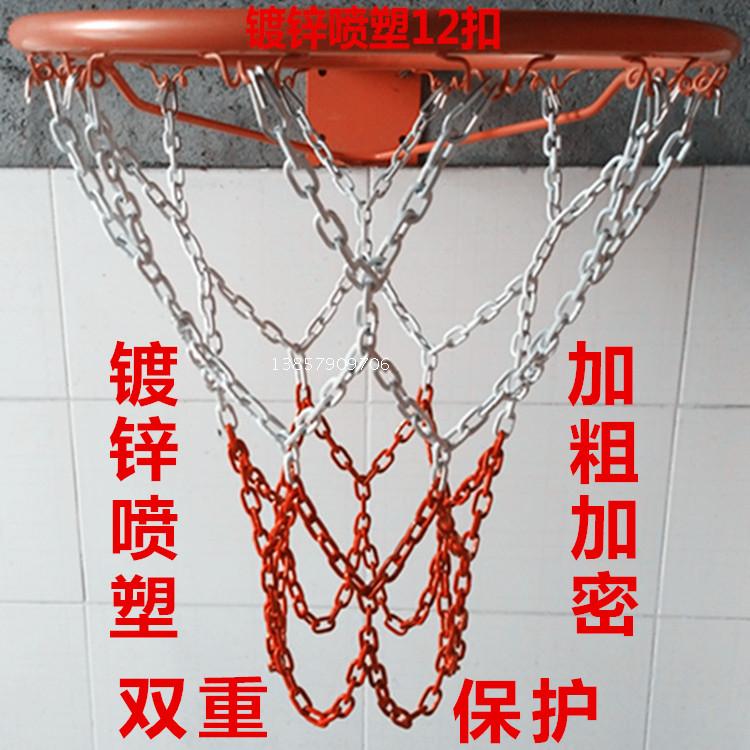 A thin metal cable 160 cm is designed to be attached to the ring. A basketball flying into a ring with such a net is slightly delayed (by 0.5 - 1 second) and falls to the floor. Visual effect of slow motion. Just CLASS. Try it and you won't regret it! I spent no more than two hours on weaving one net. Wish you success!
A thin metal cable 160 cm is designed to be attached to the ring. A basketball flying into a ring with such a net is slightly delayed (by 0.5 - 1 second) and falls to the floor. Visual effect of slow motion. Just CLASS. Try it and you won't regret it! I spent no more than two hours on weaving one net. Wish you success!
P.S. The net is attached to the basketball hoop with a cable or rope. To do this, the cable is threaded through the ears of the ring and mesh loops and its two ends are connected with a clamp. At my gym, I used not a cable, but a rope (see photo). However, practice shows that the cable is more reliable and durable.
Vyacheslav May 24, 2014 12:57 pm
Thank you. I'm trying to build one for myself.
Valery Pavlovich, more articles like this. Young teachers need your experience and your wisdom.
Vyacheslav, a little advice: for the first time, take the pieces of rope a little longer, that is, not 160 cm, but 170-180 cm.
Attach the net to the ring with a rope and a clamp. I'll take a photo and post it.
Then the length of the cable should be 160 cm, and not as you indicated 160 mm
Thank you for the article and the answers.
You're right, I'll correct the typo now. The rope should be 160 cm.
So, a little epic about my first woven mesh.
Of course, I could not miss the chance to knit such a wonderful net, but for some reason this event was constantly postponed until later. But with a strong-willed decision, I overcame myself and went to the store for a rope.
As a graduate of Physics and Mathematics, I calculated that with a rope length of 165cm (yes, I decided to risk 8)) two skeins of 20m each would be enough for me for 2 nets. What was my surprise when a skein of "20 meters" was enough for me only for 9 segments
Advice to everyone who is going to repeat the experiment: count that there are no more than 16 meters in a skein.
I made the weaving device in 5 minutes, after which I wove the mesh in 40 minutes (of which a third of the time was spent on the last sections, as the mesh was constantly tangled).
A little later I will attach the nets to the ring and write what the average cost of each set is.
Vyacheslav, I am glad for your success! You are right that in one skein there are not 20 meters, but much less.
Advice: when I wove the mesh, I tighten each knot until after the completion of all the work, that is, when I attached it to the ring. Why am I doing this? During the test (by throwing the basketball), the ball may not fall out of the net. That's when I tighten the first loops in particular (that is, expand). I like it when the ball gets stuck in the net for a split second.
Thank you very much. Everything is described in an accessible way, and with the photo it was very easy for me to create a grid for my son. By the way, I experimented with colored ropes. Vishlo very cool and original. Thank you Valery!
I am glad that my article was useful to you in practice, Roman!
Thank you. for a simple visual way. By the way, I also like it, the delay of the ball in the net for a fraction of a second.
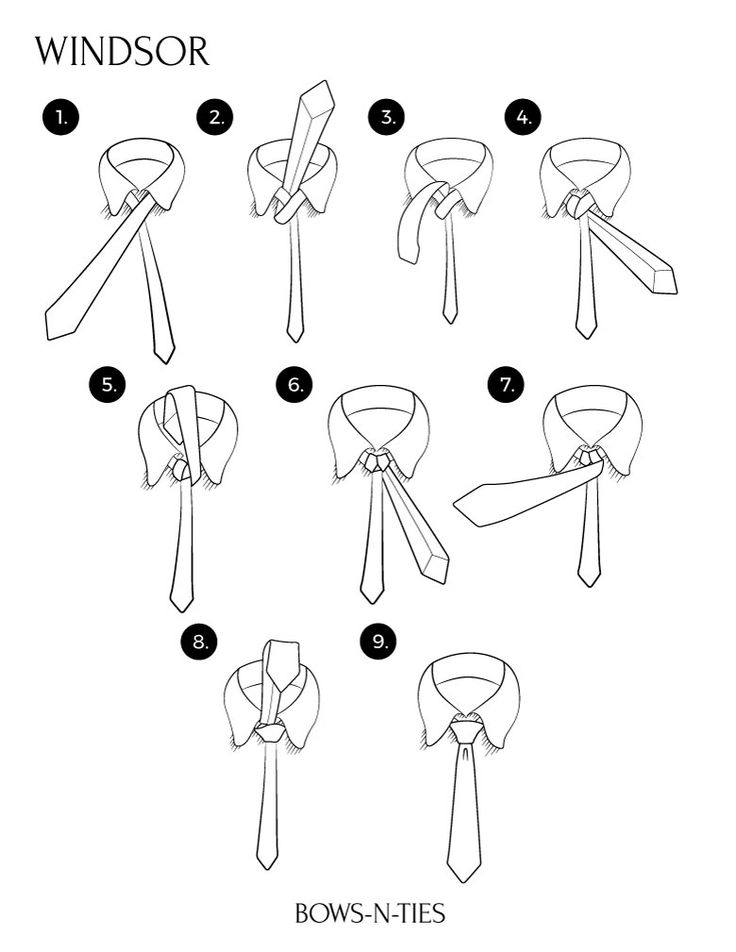
I think to weave another one, but take from the second knot not 5 cm, but 4 cm (from 5 cm it passes freely).
Maybe I made a mistake, not 4 cm, but 6 cm! I'll try.
Thank you, great article)
I am glad that the article was useful to you!
Good afternoon! Please tell me what is the distance between the carnations horizontally. And how to finish weaving? Thank you.
Horizontal distance between nails approx. 25 - 30 mm.
6 rows of mesh is enough. As you tied the 6th row, align the ends with scissors and singe them with matches or a lighter.
Good afternoon Valery! Thank you very much for the answer. I probably did not express myself correctly!? “Finish weaving” I meant how to connect this weaving to each other (the first and twelfth laces). Thank you very much, I couldn't find a better description.
Vitaly, there is an answer to your question: you need to complete the circle of weaving by tying the first and twelfth laces.
The Soviet ring needs 11 pieces of 180 cm each.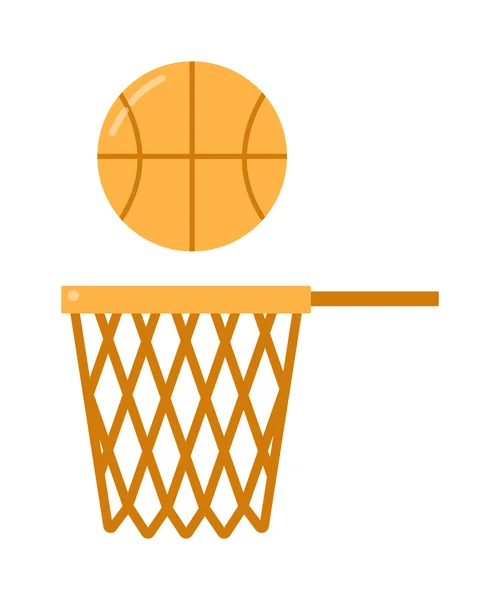 There are 11 fastening loops, there are also 11 gaps, respectively.
There are 11 fastening loops, there are also 11 gaps, respectively.
Valery, thank you very much for a simple and reliable recipe! I wish there were more people like you. you look and life would get better, and the children would be healthier!
Thank you for your positive feedback! I love it when my experience comes in handy for you!
Thank you very much, everything worked out!
These nets are actually very durable.
Good afternoon! Tell me, how to narrow the size of the outlet? It turned out to be a big cadet for me. I have not hung the net yet, but the ball passes and there is still a gap between the net and the ball of 5 cm. Is this normal?
I left too much space horizontally on the template, it looks like I have 5 cm between them
If you reduce the distance between the nodes a little, then all problems will be solved. Read the comments above and everything will become clear. By the way, if the ball freely passes through the net, then this is not bad. so it should be.
so it should be.
Leave a comment or two
Please register to comment.
[email protected]
Home > Document
| Document Information |
| Date added: |
| Size: |
| Available formats for download: | |
How to crochet a net for basketball hoops.
Mortin Vladimir Nikolaevich,
MBOU "Murikovskaya secondary school"
In order to tie a net for basketball hoops, you will need 21 meters of nylon cord or rope and a template. To make a template, you need to take a wooden block 50mm / 50mm in cross section, 400 mm long and 4 nails per 100 without hats (bit off the hats or saw off with a hacksaw). Mark the bar: 170mm, 110mm, 50mm, 50mm. Drive nails into the bar according to the markup. (see photo)
The markings on the template are designed for knitting with cord or rope 5 mm thick or thinner.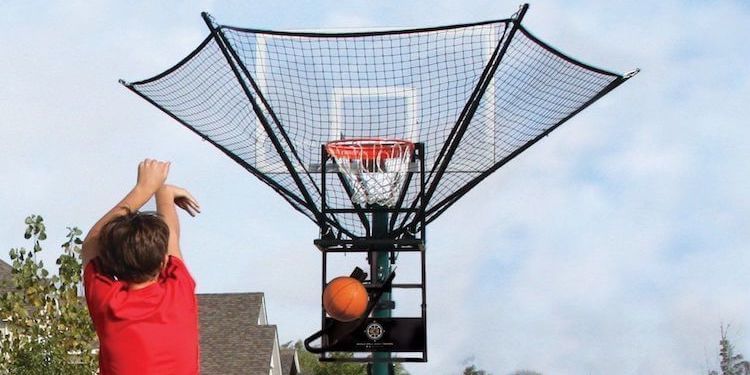
Step by step:
Make 12 pieces of rope 1700 mm long. To prevent the ends of the rope from fraying, they need to be melted over a fire. We take one piece (blank), fold it in half, put it on a nail on a template with a marking of 170 mm and on the side where there is one nail (it’s more convenient to tie a knot). (see photo)
Knit knots in such a way that the loops on the nails are stretched, and since the nails are without hats, the loops will be easy to remove.
Thus, we make 12 blanks with loops. With these loops we will hook the finished net to the basketball hoop.
Further, these blanks are connected to each other in a circle. We first take 2 workpieces, put them on the loops on the nail, which is located on the template with a marking of 170 mm, one on the right side, so that one workpiece is a loop, knot and ends on the right side of the rest of the nails on the markup, and the other on the left. (Make sure that the loops and ends are not twisted).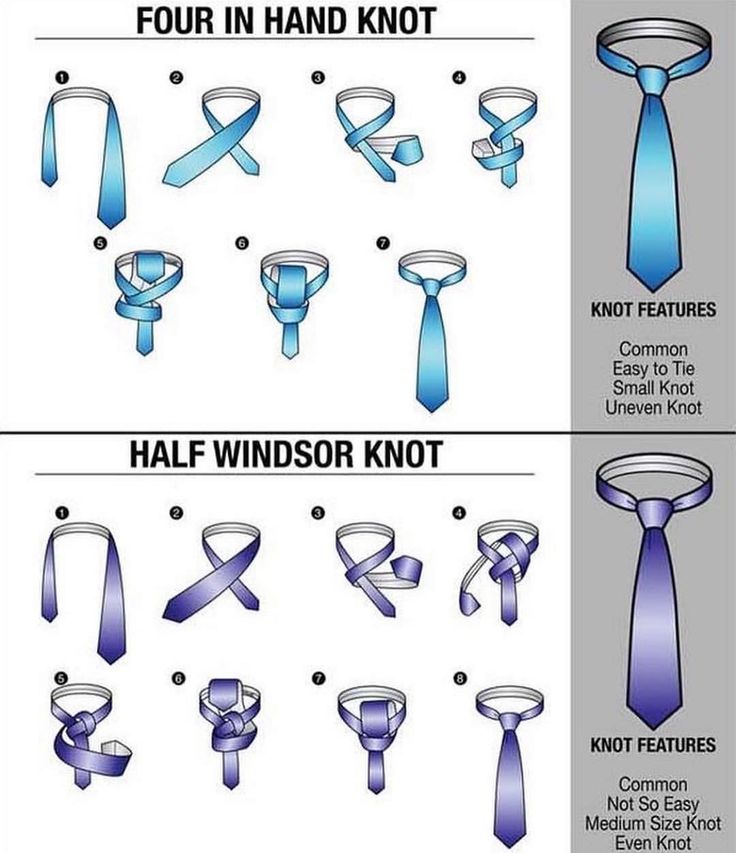 We connect the two ends that are closer to the nail, pulling the rope so that the first knots on the workpieces are in the center of the 50 mm markup. (See photo.)
We connect the two ends that are closer to the nail, pulling the rope so that the first knots on the workpieces are in the center of the 50 mm markup. (See photo.)
So we move in a circle to the right or left side until all the blanks are connected to each other. Thus, on our grid, after two stages, we get two rows of nodes.
The third row of knots and subsequent ones are knitted in the same way: the knot of the first row is put on a nail with a 50 mm marking, which is in the center of the template, so that the two knots of the second row and the ends are one on the right side and the other on the left side of the nail , which is located in the center of the 50 mm markup. We knit knots of the third row. (see photo ).
The number of rows depends on the length of the pieces. From our blanks we get a grid of 7 rows.
App. Magazine Young Technician No. 5-84g.
Drawings by E.

ORLOV
BADMINTON NET
For this work you will need a shuttle and a template. You must make them yourself from a thin, well-dried plank.
The best shape for the shuttle is shown in picture 1 on the left. Nearby you see how to properly wind the cord on such a shuttle, from which the net is woven. Figure 1 on the right shows a simpler shape of the shuttle, much easier to make. But the first shuttle, of course, is more convenient for work.
A template is a small wooden ruler, its width should be 1.4 times less than the size of the grid cells. According to the rules, the mesh size for badminton is 2 cm. This means that the pattern in this case should be 1.4 cm wide. The length of the pattern is 20–30 cm. - 7 times the width. Both the shuttle and the template should be smooth, without burrs. Sand them thoroughly with fine sandpaper. The badminton net is dark in color, most often green, so that the white shuttlecock can be better seen against its background.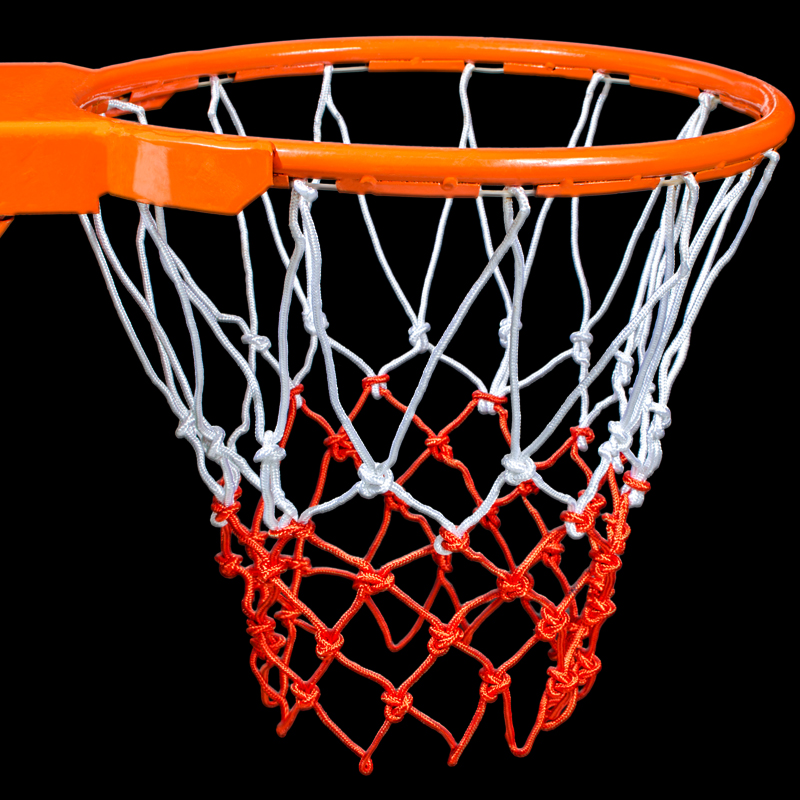 A mesh is made of twisted twine with a thickness of 0.8 mm. For weaving larger sports nets - volleyball, football - a linen cord, cotton or synthetic, is suitable. Wind the twine or cord from the skeins into balls. Wind more cord around the shuttle, but so that the shuttle can easily pass into the mesh cells. As the cord is used up, you will wind a new one on the shuttle, connecting the ends with a marine knot (Fig. 2).
A mesh is made of twisted twine with a thickness of 0.8 mm. For weaving larger sports nets - volleyball, football - a linen cord, cotton or synthetic, is suitable. Wind the twine or cord from the skeins into balls. Wind more cord around the shuttle, but so that the shuttle can easily pass into the mesh cells. As the cord is used up, you will wind a new one on the shuttle, connecting the ends with a marine knot (Fig. 2).
There are several ways to weave netting. We offer you the simplest. A net woven in this way will have diamond-shaped meshes, while real volleyball, football and tennis nets will have square meshes. However, this is not so important for a friendly meeting of yard teams. For those who want to weave a grid according to the standard, we will tell you at the end how to get square cells.
Take a piece of rope 155 cm long and stretch it between two supports. Fasten the end of the cord to the rope with a knot, as shown in Figure 3. To do this, follow the pattern / course of the cord and repeat it with a shuttle.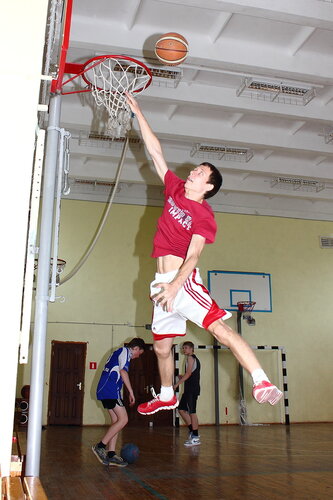 Now attach a template to the rope and wrap it around it with a cord, each time fixing the loop, as shown in Figure 4. After collecting 40 loops, take out the template and start weaving the cells of the first row. Lay the cord over the template (fig. 5a) and insert the shuttle from behind into the first loop of the base (fig. 56). Pull the cord so that the edge of the block touches the loop of the previous row. Once again, pull the cord over the template (fig. 5c) and press it with your thumb just where the cord kinks over the edge of the template. In figure 5c, the place where the thumb should be is indicated by a circle with a cross.
Now attach a template to the rope and wrap it around it with a cord, each time fixing the loop, as shown in Figure 4. After collecting 40 loops, take out the template and start weaving the cells of the first row. Lay the cord over the template (fig. 5a) and insert the shuttle from behind into the first loop of the base (fig. 56). Pull the cord so that the edge of the block touches the loop of the previous row. Once again, pull the cord over the template (fig. 5c) and press it with your thumb just where the cord kinks over the edge of the template. In figure 5c, the place where the thumb should be is indicated by a circle with a cross.
Now throw the cord with the shuttle to the left in a semicircle and drag the shuttle from right to left under the first loop of the base (Fig. 5d). Carefully tighten the knot without releasing your thumb (Fig. 5e). If you release your finger earlier, the node will shift and the mesh will be uneven. The first grid cell is ready. Continue like this until the end of the row, moving the template.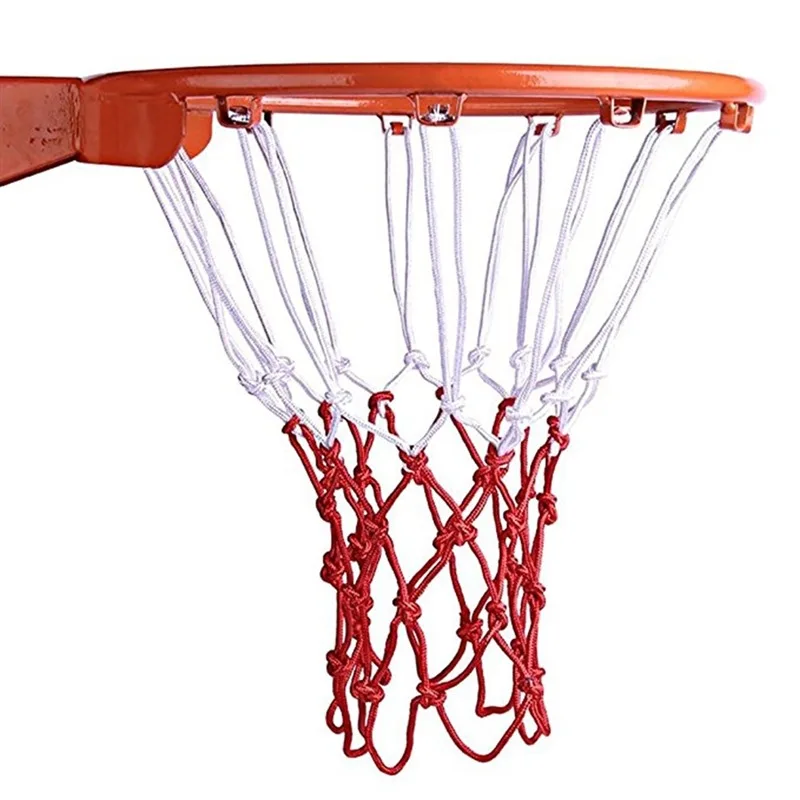 It is more convenient to weave the net all the time in one direction, from left to right. But for this you need to turn the work over every time at the end of the row. Tie the ends of the rope on which the loops were typed with a sea knot and fasten it on a hook, nail, or tie it with a piece of cord to some support at a height convenient for work (Fig. 6).
It is more convenient to weave the net all the time in one direction, from left to right. But for this you need to turn the work over every time at the end of the row. Tie the ends of the rope on which the loops were typed with a sea knot and fasten it on a hook, nail, or tie it with a piece of cord to some support at a height convenient for work (Fig. 6).
When the mesh reaches the desired length, thread another 155 cm long rope into the cells of the last row and tie it into a loop with a sea knot. Two such ropes - at the beginning and at the end of the work - will limit the width of the grid, preventing it from stretching too much. The width of the finished badminton net is 76 cm, the length is 6 m.Yu cm. Thread two strong cords into the extreme cells along the length of the net on both sides, on which the net is stretched on two racks 155 cm high. Edge the edges of the net with strips of white cloth 7 cm wide In the same way, you can weave a volleyball net. Volleyball net width - 1m, length - 9m 50 cm. The tennis net has a length of 12 m 80 cm and a width of 91 cm. The football net is woven according to the size of the football goal: the height of the posts is 2.44 m, the length of the crossbar is 7.32 m.
The tennis net has a length of 12 m 80 cm and a width of 91 cm. The football net is woven according to the size of the football goal: the height of the posts is 2.44 m, the length of the crossbar is 7.32 m.
Cut the cord into lengths. The length of each piece should be 160 cm. The inner diameter of the metal ring of the basket is 45 cm, and it takes 35 such pieces to get a mesh with cells of 4 cm. First, fasten all the pieces of cord to the ring at regular intervals (4 cm ). To do this, fold each segment in half, put the fold on the edge of the ring and thread the ends of the segment through it (Fig. 7). Having fixed all the segments on the ring, begin to tie the ends of the segments of neighboring pairs with a sea knot (Fig. 8). To make the grid even, with the same cells, throw up a template (the width of the template in this case is 2 cm). When the mesh reaches a length of 40 cm, trim the ends of the segments, leaving a fringe of 5 - 6 cm.
In the same way, you can weave a mesh bag for a billiard pocket (fig. 8). In this case, the free ends of the segments are tied at the bottom into one large knot. It is convenient to carry a ball or even several balls with you in a specially woven mesh (Fig. 9). You can make it from a thin cord or even from harsh threads. The net is woven in the same way as a basketball, on a wire ring with a diameter slightly larger than the size of the ball. The ends of the segments are tied into a knot at the bottom. Pull the cord through the first row of cells along the wire and tie its ends. Now take out the wire ring. The knots with which the pieces of cord were attached to the wire will unravel, and the cord will easily tighten the mesh.
8). In this case, the free ends of the segments are tied at the bottom into one large knot. It is convenient to carry a ball or even several balls with you in a specially woven mesh (Fig. 9). You can make it from a thin cord or even from harsh threads. The net is woven in the same way as a basketball, on a wire ring with a diameter slightly larger than the size of the ball. The ends of the segments are tied into a knot at the bottom. Pull the cord through the first row of cells along the wire and tie its ends. Now take out the wire ring. The knots with which the pieces of cord were attached to the wire will unravel, and the cord will easily tighten the mesh.
SQUARE MESH NET
If you need to weave square mesh, start at the corner (fig. 10).
To do this, make only one loop at the end of the cord using a template and fasten the end as shown in figure 10. In the same way as shown in figure 5, weave in each row one more loop than in the previous one. To do this, at the end of each row, make two loops on its last loop. Weaving each new row, start with this additional loop - the last in the previous row and the first when turning the product. You will get a right triangle (Fig. 10). When the length of the legs becomes equal to the desired width of the mesh, continue to weave, each time adding a loop on one side and subtracting a loop on the other. To decrease at the end of every second row, connect two loops with one knot, introducing the shuttle into both loops at once.
Weaving each new row, start with this additional loop - the last in the previous row and the first when turning the product. You will get a right triangle (Fig. 10). When the length of the legs becomes equal to the desired width of the mesh, continue to weave, each time adding a loop on one side and subtracting a loop on the other. To decrease at the end of every second row, connect two loops with one knot, introducing the shuttle into both loops at once.
Weaving of such a mesh also ends at the corner. To do this, having reached the desired length on the longer side of the grid, decrease the loops in each row on both sides.
Do-it-yourself basketball backboard with height adjustment (20 photos). Basketball backboard dimensions and markings
Today we will talk about how to make a high-quality basketball backboard and basketball net with your own hands at home from improvised materials. We will also consider the technology of manufacturing a basketball backboard and a net for playing basketball for children or adults.
In order to make a simple DIY basketball hoop for children, we will need thick wire and rope. Instead of thick wire, you can take an old unused hula hoop, cut it, shorten it and reconnect it. It is important to leave a "sprout" for attaching the ring to the shield.
If you want to make a basketball hoop with your own hands from thick wire, then in order to get the most even circle, we recommend using a cylindrical fixture designed to serve as a template. We wind the wire around it. And do not forget to leave a "sprout" for attaching the resulting ring to the basketball backboard.
The diameter of the metal blank for the hoop should be slightly larger than the diameter of the basketball. Then you should take the prepared rope and cut it into 20-22 identical segments. At the same time, the length of each should be 2.5 - 3 times greater than the planned length of the mesh hanging.
These pieces are attached to the metal ring at regular intervals.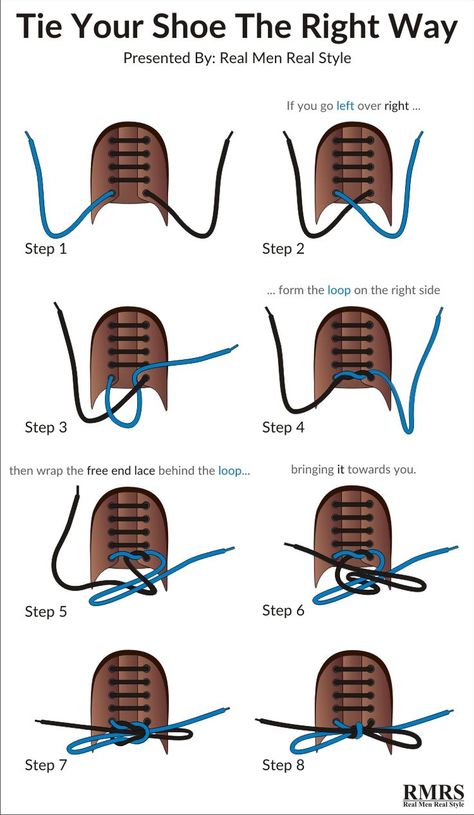 You need to tie the ropes exactly in the middle so that 2 ends of equal length remain free. Then we connect in turn 2 ends of nearby ropes around the entire circumference of the ring. This is the first level of our grid. Then, similarly, we tie the ropes to the next level, etc.
You need to tie the ropes exactly in the middle so that 2 ends of equal length remain free. Then we connect in turn 2 ends of nearby ropes around the entire circumference of the ring. This is the first level of our grid. Then, similarly, we tie the ropes to the next level, etc.
If you want to make a basketball hoop for your home, you can tie the bottom of the net so that the ball will stay inside when it hits. This will help reduce the chance of an accidental bounce of the sports equipment after hitting the basket.
DIY basketball backboard for adults. How to make a professional basketball backboard - here you have to try. How to make a basketball backboard at home. The process of making a basketball backboard is no more difficult than making sports predictions, especially if the necessary materials are available.
Here is a typical instruction for making a basketball backboard at home. For the base of the basketball backboard, you can choose a sheet of plywood, which is inexpensive and not hard to get either.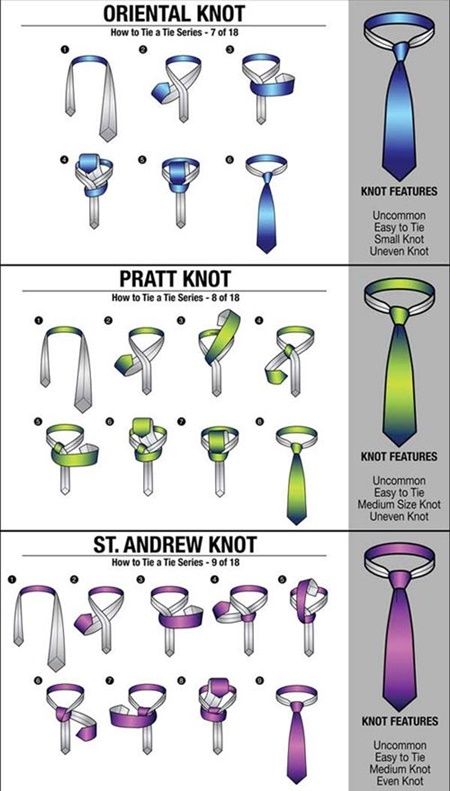 A sturdy rectangular piece of plexiglass or thick plastic may also work well.
A sturdy rectangular piece of plexiglass or thick plastic may also work well.
If the basketball backboard will be installed outdoors, then it is worth choosing the material for its base based on considerations not only of strength, but also of resistance to adverse weather conditions.
The next step is to choose a place where the basketball backboard will be attached. When choosing such a place, the main thing to remember is that the lower edge of the shield should be at a height of 290 centimeters from the ground, and the ring should be located at a height of 305 centimeters.
Now you need to mark and cut out the dimensions of the plywood blank. The ideal size of a standard basketball backboard are the following parameters: width - 1.8 meters, height - 1.05 meters. This size will allow players to make more accurate and varied throws.
Before you start cutting out the workpiece, you need to use a pencil to outline the dimensions and draw lines along which the workpiece will be cut.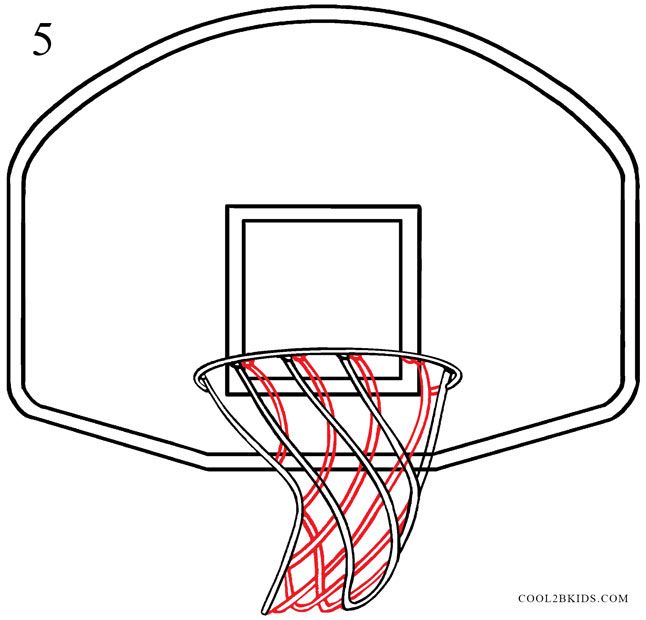 It is better to cut it with a jigsaw, when working with which you must be careful.
It is better to cut it with a jigsaw, when working with which you must be careful.
After the blank of the future basketball backboard is ready, it will be necessary to draw a white square on it, which plays a very important role.
The white square is a kind of guide for the players when shooting, with the help of such markings it is much easier to get the ball into the basket. If the ball is correctly thrown into the corner of this square, then it will definitely reach the goal.
In order to mark out such a square, not only a brush and paint are needed, but also knowledge of the dimensions of the rectangle. Its external dimensions are 59 centimeters horizontally and 45 centimeters vertically.
When marking out, it should also be taken into account that the upper edge of the base of this rectangle must coincide with the level of the upper plane of the ring. The width of the stripes of the square should be 5 centimeters.
Basketball hoops
Material - solid steel, inner diameter 45 cm and painted orange.
The metal bar of the ring must have a minimum diameter of 16 mm and a maximum diameter of 20 mm. On the bottom of the ring there must be devices for attaching nets, such as to prevent injury to the fingers. The mesh must be attached to the ring at twelve equally spaced points along the entire perimeter of the ring. Net attachment devices must not have sharp edges or crevices that could get caught by the player's fingers.
The ring is attached to the structure supporting the basket so that no force applied to the ring is transmitted directly to the backboard. Therefore, there should be no direct contact between the ring and the device that secures the ring to the shield and the shield. However, the gap must be small enough that fingers cannot get into it.
The top edge of each ring must be placed horizontally at a height of 3.05 m above the ground at an equal distance from the vertical edges of the backboard.
The nearest point on the inside of the ring must be 15 cm from the face of the shield. You can use rings with a shock absorber.
You can use rings with a shock absorber.
Made of white cord and designed to hold the ball momentarily as it passes through the basket. The net length must be at least 40 cm and not more than 45 cm.
Each net must have 12 loops to attach to the ring.
The top sections of the net must be sufficiently rigid to prevent:
The net from tangling onto the ring and possibly becoming entangled.
Ball stuck in the net or thrown out of the net by the net. Basketball net can be woven from braid, twine, rope, thick threads. The braid or thread is first cut into segments.
The length of each segment must be four times the length of the grid. The number of segments is determined as follows: the ring intended for the grid is measured, and the resulting value is divided by four. The do-it-yourself basketball backboard is almost ready. Now it needs to be firmly fixed. To do this, you will need 4 large bolts that can withstand a load of 30 kg, and drill four holes in the wall or any other place where the basketball backboard will be mounted.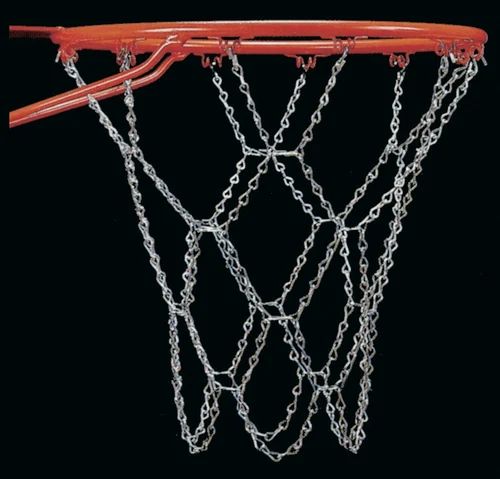
Use a spirit level to drill holes evenly. After that, you can start installing the shield. It is very inconvenient to do it yourself, so you should again resort to the help of friends who can insure you on the stairs, as well as file and hold the shield.
Once the bolts are installed and screwed into place, the basket can be hung up so that you can finally play on the court with a new basketball backboard that will last for many years.
In short, you can make a good basketball backboard with your own hands. But it is important to pay attention to one serious point.
The fact is that no matter how it seems to us from the side that the contact of the ball and the basket hoop is quite soft, it should be noted that the impact load on the fastening of the hoop to the backboard is very high. The weight of the ball (if you do not go into the definition of physical values) during contact with the ring increases many times, even when thrown from an average distance.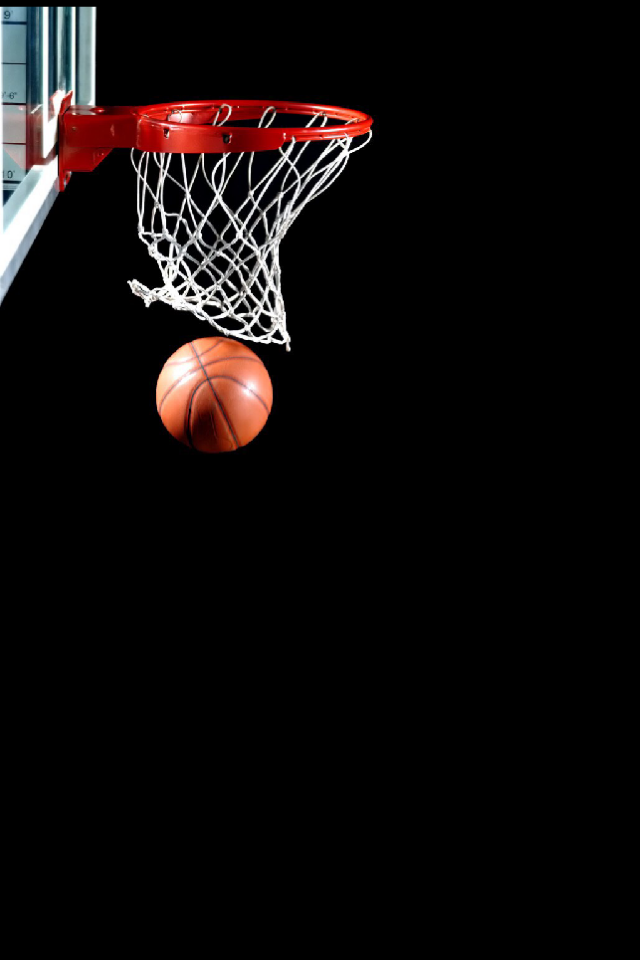
Well, with an inaccurate hit from a long distance, this blow can reach destructive power. And such a load acts on the mount hundreds and thousands of times. So that your work does not go to waste, that is, the future ring with a shield is a reliable design, you need to pay maximum attention to attaching the ring to the shield and then the same shield to the wall or other structure. Regarding the material of the shield, it can be put together from the same inexpensive pine boards available, and preferably from harder wood. Proposals to make a basketball backboard from plywood, fiberboard, plastic do not stand up to criticism. The first two positions do not pass due to the fact that if your shield hangs in the season in the rain and the sun, nothing will remain of it.
Plastic will naturally withstand all of these weather conditions, but is unlikely to be affordable. Plastic plastic is different, because the one that is used in the gym is very expensive, another different lottery . .. will stand it - will not stand it. But a wooden board, it is a material that has stood the test of time and history. It is known that the official dimensions of the basketball backboard are as follows - a width of 1 meter 80 centimeters and a height of 1 meter 5 centimeters.
.. will stand it - will not stand it. But a wooden board, it is a material that has stood the test of time and history. It is known that the official dimensions of the basketball backboard are as follows - a width of 1 meter 80 centimeters and a height of 1 meter 5 centimeters.
But in principle, you can try to build a flat square of boards 3 cm thick and 80 cm x 80 cm in size, I think this area will be quite enough to play normally or work out the throw. Basically, only a square is actively used when throwing (its dimensions are 59centimeters, height 45 centimeters) above the hoop, since this is the small square you need to be able to hit if you want to perform a throw from the shield.
Then (if it hits this square), the ball will most likely fall into the ring. Even in this case, if you perform a throw with a rebound from the shield, the load on the shield itself will be very small, but on the fastening of the shield and the ring, in this case, the pressure will be maximum.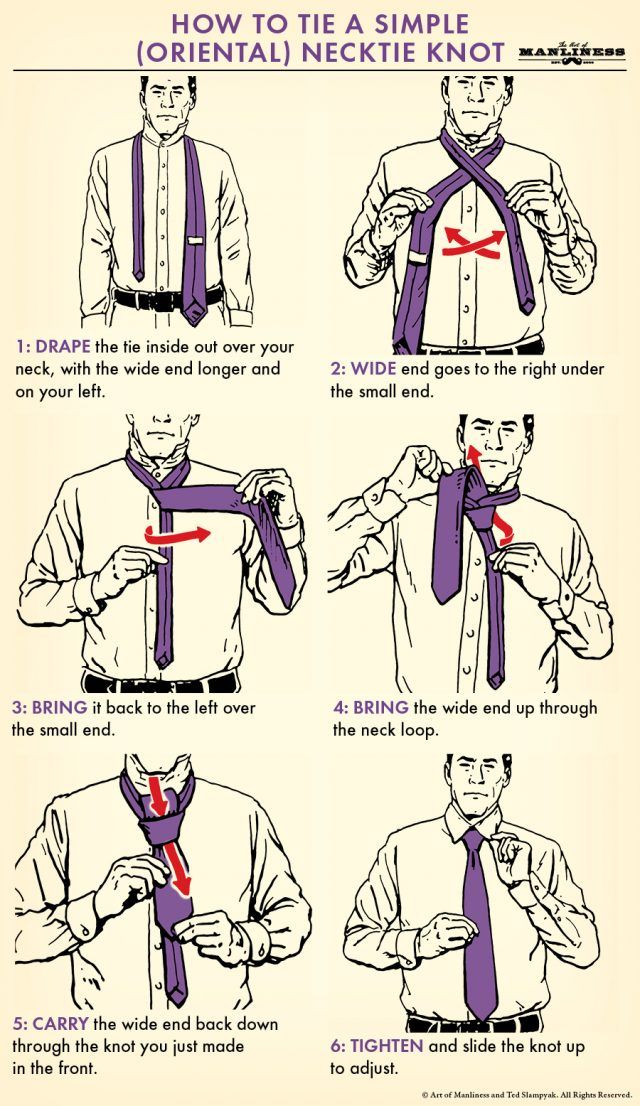
Basketball hoop is made from a metal rod with a diameter of 16 - 20 millimeters. I think everyone understands that in order to protect against atmospheric precipitation, the entire structure should be painted with the appropriate paint, which can be bought at the store, explaining to the seller why the paint is needed.
As a result, I will repeat myself and say that when trying to make a basketball backboard on your own, pay attention to the fastening of the ring to the backboard. This is the most fragile place in this design.
In this article you will learn:
- What are the dimensions of the basketball hoop
- How to make a basketball hoop with your own hands
- Where to buy a ready-made basketball backboard with a ring
Basketball-like games were found among the ancient Scandinavian peoples and Mexican Indians. Today in northern Mexico, one of these games is popular - "Pok-Ta-Pok". It is believed that it appeared due to religious rites, which eventually turned into sports fun and an attraction for tourists.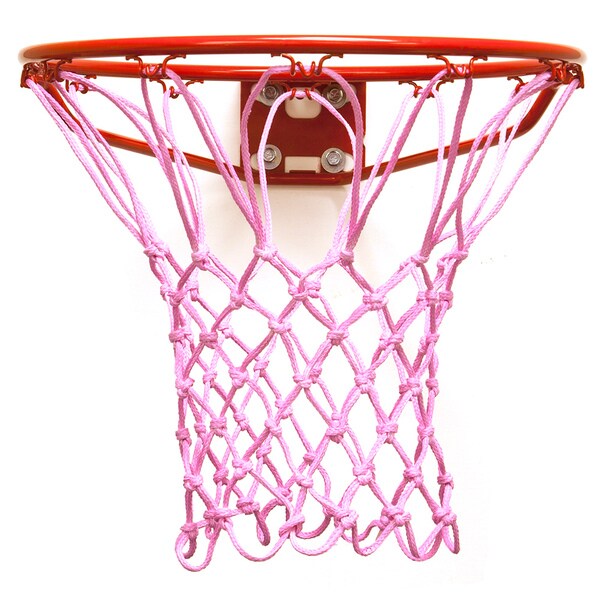 How the game "basketball" appeared, and what is a basketball backboard with a ring as a necessary element of this popular game, we will learn in this article.
How the game "basketball" appeared, and what is a basketball backboard with a ring as a necessary element of this popular game, we will learn in this article.
When basketball and the first backboard with a hoop appeared
The forerunner of basketball is the 19th-century children's game "duck on the rock", familiar to the Canadian inventor of basketball, James Naismith. The principle of the game was to hit a small stone on top of a large one.
The concept of basketball was finally formed when D. Naismith moved to the USA and became a physical education teacher at the Youth Christian Organization College (YMCA) in Springfield, Massachusetts. Already teaching physical education and as a college professor, he faced the challenge of creating a winter game between baseball and football. Naismith, given the weather conditions this time of year in Massachusetts, decided that this game should be played indoors.
Naismith's goal was to create an outdoor game for the students of the Christian Workers' School that required more than just strength and dexterity.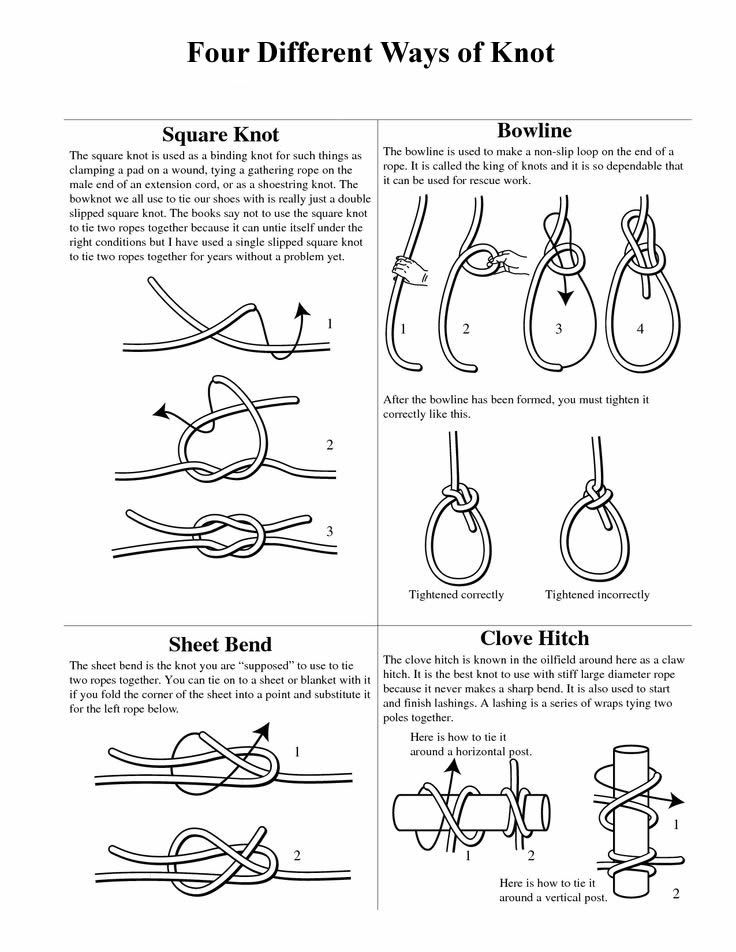 It was supposed to develop coordination of movements in teenagers and at the same time be interesting.
It was supposed to develop coordination of movements in teenagers and at the same time be interesting.
So, in the winter of 1891, under the leadership of Naismith, the first basketball baskets were installed in the college gym. Baskets from under the fruit, fixed on both sides of the hall on the balconies, which encircled the room around the perimeter, acted as basketball hoops. Such baskets were fastened at a height of 3.05 m, it was this indicator that became the international standard, which is observed to this day.
The task of the players was to throw the ball (at that time they used football) into the basket. The first basketball match was held in the same hall on December 21, 1891. According to the conditions of the game proposed by Naismith, each team had 9 people, which exactly coincided with the number of students in the group.
The news of the new game quickly spread throughout America, and Naismith was asked to send the rules. On February 12, 1892, after learning the rules and mastering the basics of technology, the students of Springfield College played the first "official" match in the history of basketball, which ended in a 2-2 draw.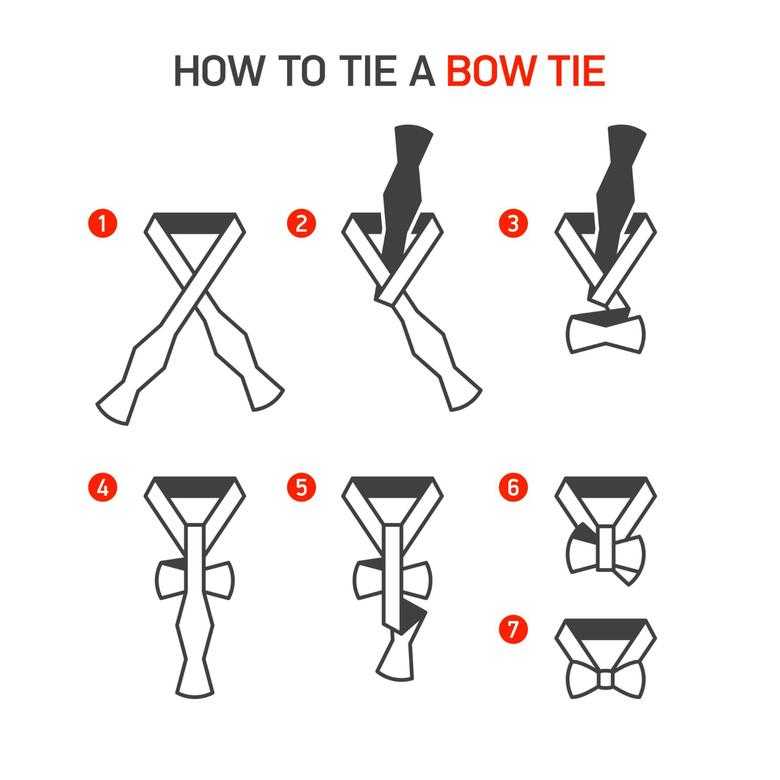
This meeting turned out to be so successful, and the rumor about a new type of competition spread so quickly that soon two Springfield teams began to hold demonstration competitions, which were already attended by hundreds of spectators. The initiative was picked up by students from other educational institutions, and the following year, the Northeast of America was swept by a real basketball fever.
The rules of basketball that Naismith wrote himself as a college teacher at 1891 year, was a list of 13 points, which eventually formed the basis of modern international rules, which hardly fit on 200 pages. In 1893, instead of baskets, they put iron rings with a grid, two years later they added shields, and two years later the team was reduced to 5 people.
What is a basketball backboard with a ring today? The shield is made of a transparent material, usually a single piece of tempered impact-resistant glass with a degree of hardness corresponding to that of a 30 mm thick hardwood shield.
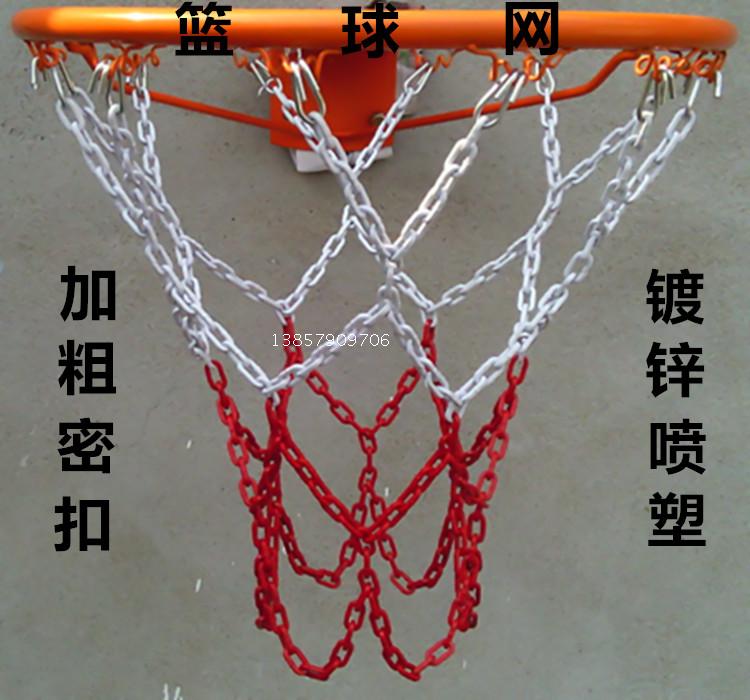
It is allowed to produce such shields from other materials, but in this case they must be painted white and comply with other requirements for such sports equipment.
The front side of the shield is made smooth, a marking line is applied along the edges, a rectangle measuring 45 cm vertically and 59 cm horizontally is indicated at the place where the ring is attached. Moreover, the upper edge of the base of the rectangle must coincide with the level of the upper plane of the ring. White outlines are applied to transparent shields, and black is used in other cases. The width of the lines is 5 cm.
The basketball backboard with hoop is installed at right angles on both sides of the playing court, parallel to the front lines. The center of the front surface of each shield lies on perpendicular lines reconstructed from points located on the site at a distance of 120 cm from the middle of the inner edge of each front line.
Shields are upholstered, the following requirements apply to it:
- the sides of the boards and the bottom end are covered with soft material at a height of at least 35 cm from the bottom corners;
- the lower end is upholstered with material at least 5 cm thick;
- the back and front surfaces of the shield should be decorated with upholstery material, the thickness of which is at least 2 cm, at a height of at least 2 cm from the bottom end.

The following requirements are imposed on the structures on which the shields are attached: their front parts, including the upholstery, are placed at a distance of at least two meters from the outer edge of the front line. They are painted in bright colors that contrast with the walls of the sports hall in order to provide sufficient visibility to the players of both teams.
The structure on which the basketball backboard with the hoop is mounted is fixed to the floor of the court in such a way as to prevent it from moving during the game.
Structures used for fastening the shields must be upholstered with soft material behind the shield at a distance of 120 cm from the front surface of the shield. The minimum thickness of the upholstery is 5 cm, and the density is the same as that of the upholstery of the shields.
The base of the structure from the side of the playground is upholstered with dense soft material to a height of at least 215 cm, the thickness of the upholstery is 10 cm.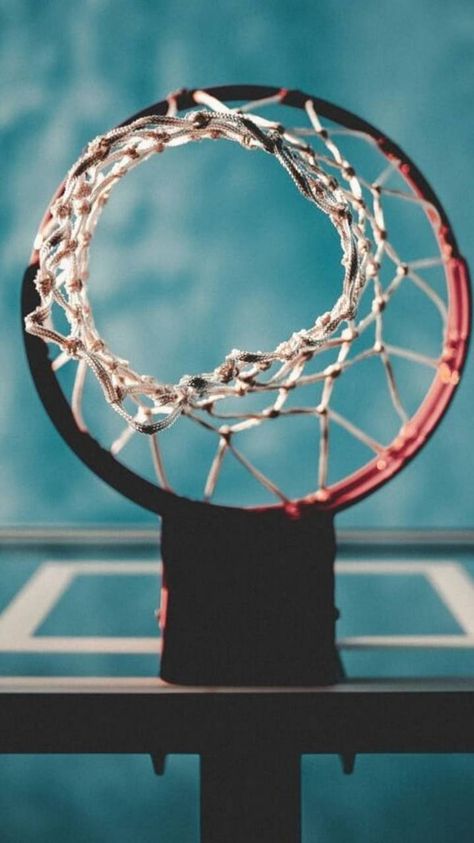
The minimum value of the so-called "indentation factor" of the upholstery of panels and structures is 50%. This figure means that when an appropriate force is applied to the upholstery, its indentation should be within 50% of its original thickness. The upholstery material provides protection to players from possible injuries during the game.
Basketball backboard and hoop dimensions
It's hard to imagine a basketball court without a basketball backboard and hoop. For them, world standards established by the International Basketball Federation have been adopted.
A basketball backboard is a rectangular or square panel to which a hoop is attached. Mounting is provided on the shield for mounting on a pole or hanging on a wall: rigid mounting is required, the product should not stagger and move.
Shield dimensions - 1.8x1.05 meters, with an installation height of 2.9 meters. By NBA standards, the size of the backboard must be 72x42 inches.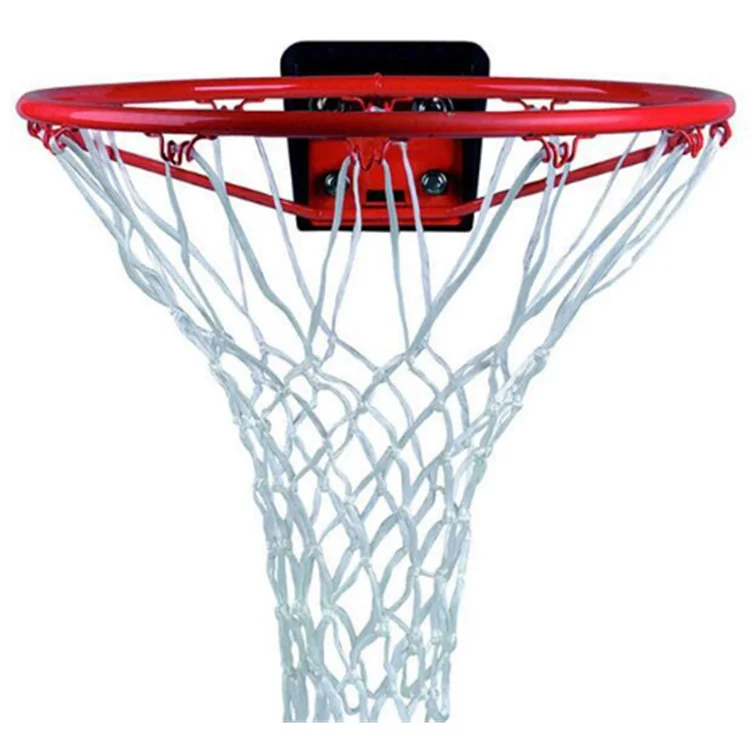 Two shields are installed opposite each other from different ends of the field, the material is impact-resistant (as an option, tempered glass, acrylic, wood). Lines are drawn on a smooth surface. Models of basketball backboards with a net that are not intended for stationary installation are equipped with the same mounting elements as in the brackets for hanging punching bags. This method makes basketball backboards able to withstand a lot of weight and securely fixes them.
Two shields are installed opposite each other from different ends of the field, the material is impact-resistant (as an option, tempered glass, acrylic, wood). Lines are drawn on a smooth surface. Models of basketball backboards with a net that are not intended for stationary installation are equipped with the same mounting elements as in the brackets for hanging punching bags. This method makes basketball backboards able to withstand a lot of weight and securely fixes them.
Ring or basket includes a metal (steel) circle covered with netting without a bottom. It is installed at a height of 3.05 meters from the floor and indented 15 cm from the lower edge of the shield. The inner diameter is selected from the range of 45–45.7 cm. The basketball hoop is painted in a bright color, usually orange. It is impossible to allow the transfer of load from the basket to the shield, therefore, the installation of the product is carried out with special attention.
DIY basketball hoop
Homemade basketball hoops are installed in summer cottages or hung in the yard near the house.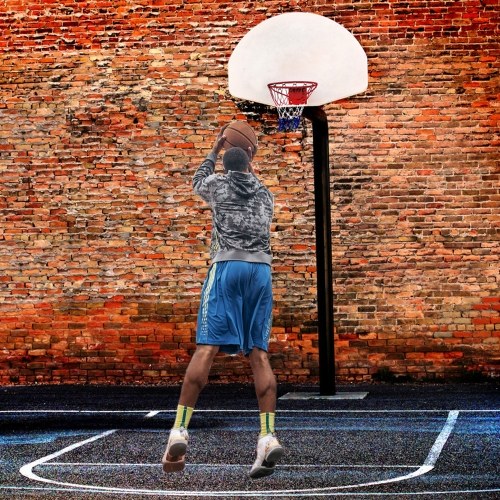 In the summer, you can throw the ball with pleasure, feeling like Michael Jordan for a moment. This game is available to everyone: both children and adults. The benefits of such a seemingly simple exercise are incredible!
In the summer, you can throw the ball with pleasure, feeling like Michael Jordan for a moment. This game is available to everyone: both children and adults. The benefits of such a seemingly simple exercise are incredible!
Have you set out to make your own basketball hoop and don't know where to start? Further, we will talk about this.
To make your own basketball hoop, you need thick wire and rope. Instead of a wire, an old unnecessary sports hoop is suitable, which is cut, shortened and connected again. Do not forget to leave a "sprout" for attaching to the shield.
Making a thick wire basketball hoop requires some trickery. To obtain an even circle, a cylindrical fixture can be used as a template on which the wire is wound. But, before cutting off the wire, do not forget about the "sprout" for attaching to the wall.
The diameter of the metal blank for the hoop is slightly larger than the diameter of a basketball. Next, the pre-prepared rope is cut into 20–22 identical segments.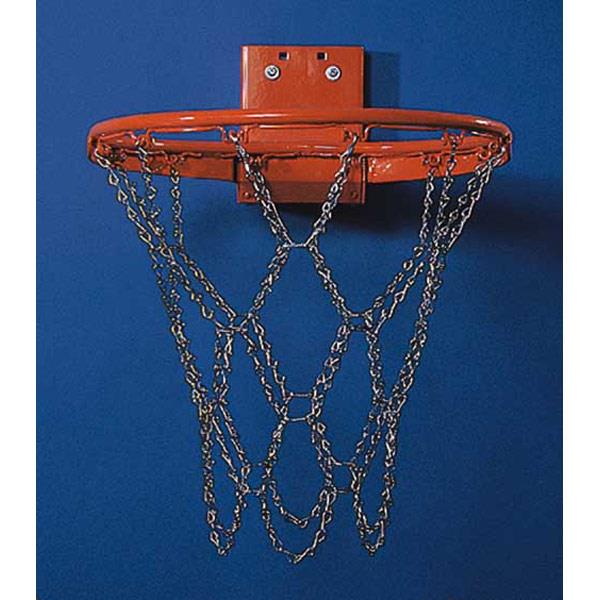 The length of each is 2.5–3 times the planned length of the net hanging.
The length of each is 2.5–3 times the planned length of the net hanging.
These segments are attached to the metal ring at regular intervals. The ropes are tied in the middle, and the two ends of equal length are left free. Then the two ends of the nearby ropes are tied in turn, and so on along the entire circumference of the ring. It turns out the first level of the grid. The ropes of the next level are tied in the same way, and so on.
When making a basketball hoop for the home, the bottom of the net can be tied, which will allow the ball that hits the net to stay inside. Thus, the ball does not accidentally bounce to the side.
Now we know how to make our own basketball hoop. But it is necessary to answer the question, which is better - a home-made or a quality product bought in a store?
Making your own parts is fun. To do this, you only need free time, the necessary materials and a third-class welder. If you do not have this, then it is better to purchase a basketball hoop with a backboard from trusted manufacturers.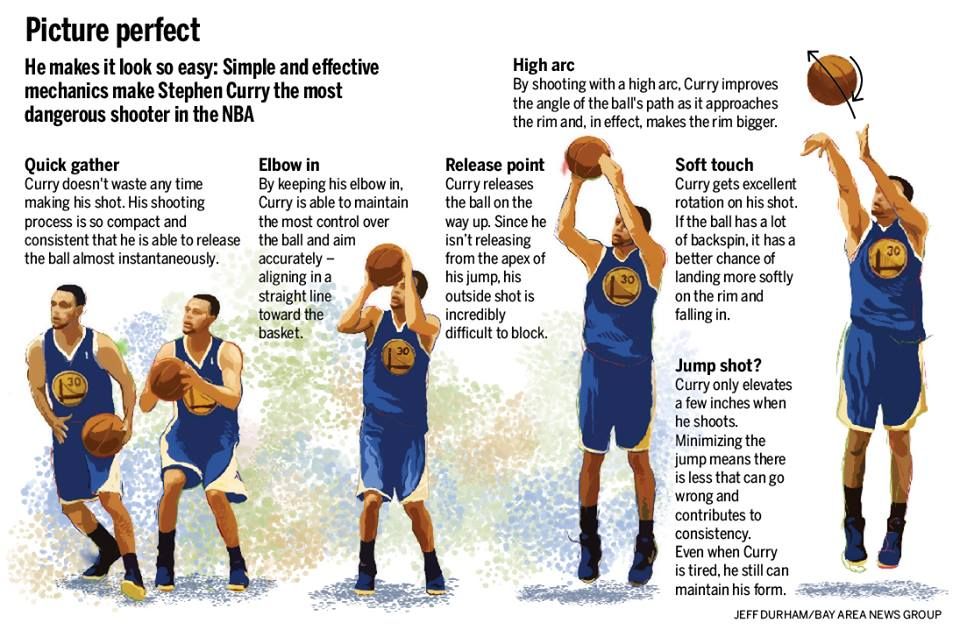
In order to make a basketball backboard with fastening, you will need six meters of a 2x2 cm profile pipe, 8.5 m of a 2x4 cm profile pipe, a backboard made of laminated moisture-resistant plywood, a basketball hoop, six anchor bolts for attaching to the wall. The design is assembled from three parts for easy wall mounting.
The desired part is cut off from the shield.
Metal structures are welded and the prepared AKZ is applied to them.
The shield is drawn, pasted over with adhesive tape, and lines 5 cm wide are applied to it.
Attach the shield to the frame.
Where to buy a basketball hoop with a backboard
In such an active game as basketball, every little thing is important! Even at the finish line, troubles happen: the ball is in the ring, but gets tangled in the net and gets stuck. This moment is ruined! How to avoid such troubles?
The following requirements apply to the ring net:
- 12 fastening loops;
- length should be 40–45 cm;
- use rigid white cord as material;
- The upper is made in such a way as to prevent throwing the net on the ring, tangling or sticking the ball.
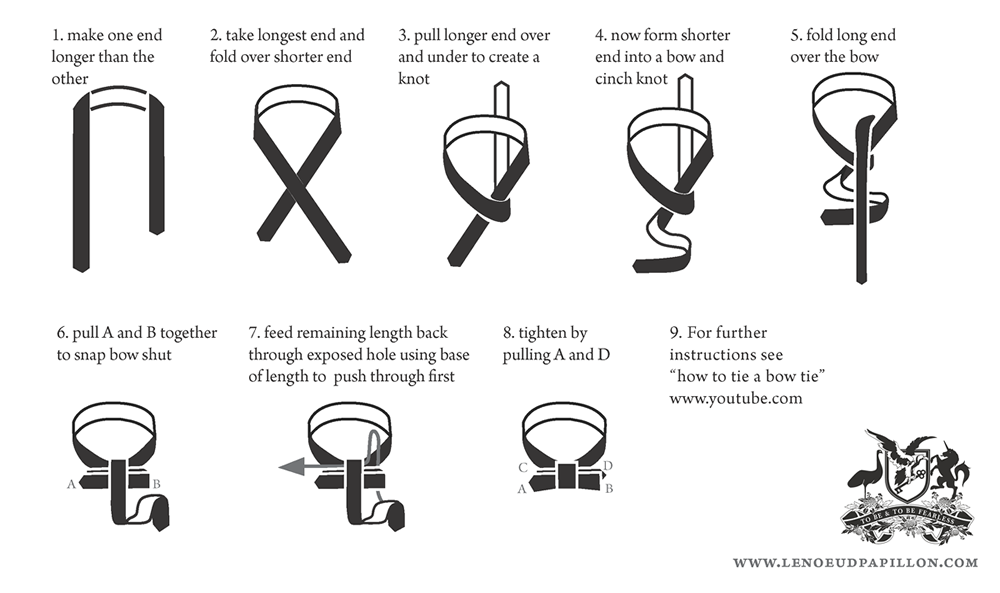
How to choose the right basketball net? The main thing to pay attention to is the material, diameter and thickness of the thread, type.
- Capron and nylon products are used more often. The latter is more wear-resistant, so for professional training, boron falls on this material.
- The diameter is selected according to the diameter of the ring and the ball.
- For professional basketball nets, thick threads of increased strength are used, but for amateurs, more fragile ones can be used.
- Type: knotted and knotless. Products of the first type are widely used, but knotless basketball nets for the hoop look better and absorb the impact of the ball well, and are more reliable.
Looking for quality hoop backboards? We will help you make the right choice. Sportstyle started its activity in 1992 and has been successfully presenting its goods and services in the markets of Russia and neighboring countries for more than 20 years.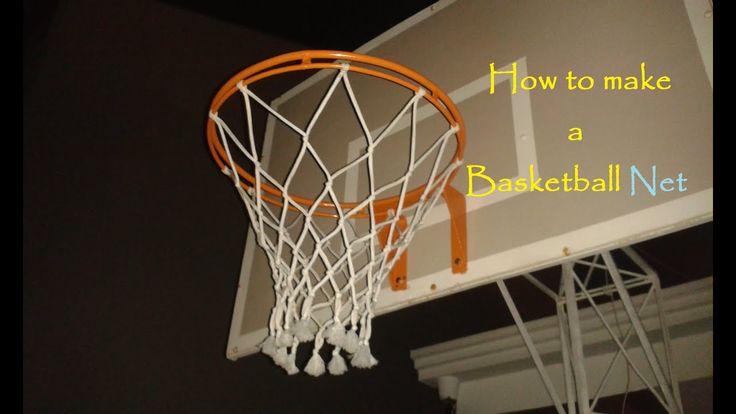
One of the main activities of the company is the production of sports equipment. Our products are very popular and in demand, among them:
- boxes, rings, bags and pears;
- wrestling mats;
- equipment for sports aerobics and much more.
The range of our company is not limited to sports equipment. We are happy to produce for you tents for summer cafes and weddings, awning garages, trade tents, awnings for cars and boats, as well as pool bowls.
Our son became interested in basketball in the summer, and although there is a beautiful stadium with a basketball court half a kilometer from home, sometimes you want to knock the ball near the house. Therefore, it was decided to make a do-it-yourself basketball backboard near the fence (so that you could knock on a relatively hard road surface, and the ball would fly away, if it didn’t hit the ring, to our site, and not to someone else’s.
We deviated a little from the standard and the dimensions we got are like this (photo is clickable)
The shield was cut out of OSB (just in case, two layers were twisted, and one more, a small square, was added to strengthen the fastening - this can be seen in the photo below) and carefully painted with oil paint
The support was made of metal profiles 50*50 and 56*56 in size.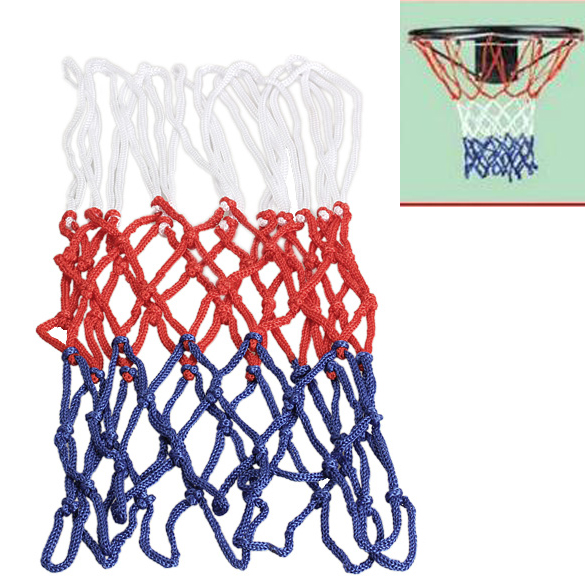
The fact is that the part of the fence where the shield is attached is supposed to be removable for us - it is there that we usually dump soil, crushed stone and other minerals. Therefore, it was decided to make the shield removable. Along with support. We implemented this idea like this.
A short post driven into a previously dug hole and cemented. The long one is fixed in it with screws. If necessary, it can be taken out. Actually, this is also visible in the diagram above.
Just before the shield was built, we had a welding machine, and this product proved to be a great workout. The pipes were welded with the letter G, a beautiful rectangle was welded to a short crossbar, on which a shield was attached.
Mesh rings are sold for little money in all sports shops and in many hyper stores.
It turned out very nice.
Oh sport, you are the world!
There is nothing in the country, only bending metal, fumbling shish kebab, drinking beer.
It is necessary to go in for sports both by ourselves and by children.
True, for this you will first have to "bend the metal" and celebrate this matter with beer and barbecue.
Basketball backboard in the next series of the "Made of Metal" project.
Joint work of me and my father.
Batko studied the standards for the height and dimensions of a basketball backboard, made a wooden backboard, painted it, made wing screws, installed a pole. Well, in addition, he made critical remarks to the metal part.
I - designed the whole metal part and welded the metal.
Let's go!
01. First I sit down at the computer and sketch out the drawing of the shield and the pole itself.
The original plan was to put the ring in another place and pull it with a solid hitch to the nearest tree. But there turned out to be a lot of roots and they decided to put them in free flight and without a screed, which is why the ring in the upper part of the column remained rudimentary only in the drawing.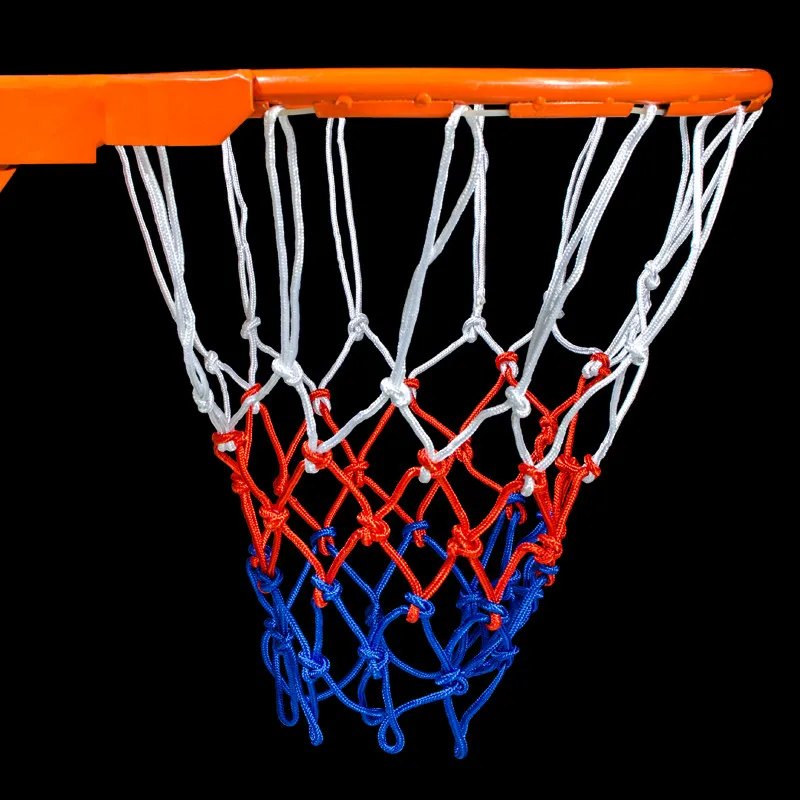 Diagonals that are not in the drawing (green) have also been cancelled. We decided that the rigidity of the wooden shield and metal fasteners would be enough not to "walk".
Diagonals that are not in the drawing (green) have also been cancelled. We decided that the rigidity of the wooden shield and metal fasteners would be enough not to "walk".
Also on the move I changed the way of strengthening the outrigger knee. Not with a corner as in the drawing, but with two stripes on the sides, see the photo below.
A 5 cm profile was used for the pole, a 6 cm profile was used for the bracket strung on the pole. A strip is welded inside to prevent play.
Everything that adjoins the wooden shield is a 25 mm corner.
Important: the ring must be universal for both adults and children of different heights. Therefore, a height offset system was made.
02. The main large elements are welded: a pole, a knee, two stepson solid fuel boosters. The upper edge of the pillar and stepchildren is bevelled: for rainfall and for beauty.
03. More different types
04.
05. There is a strip welded inside the elbow pipe.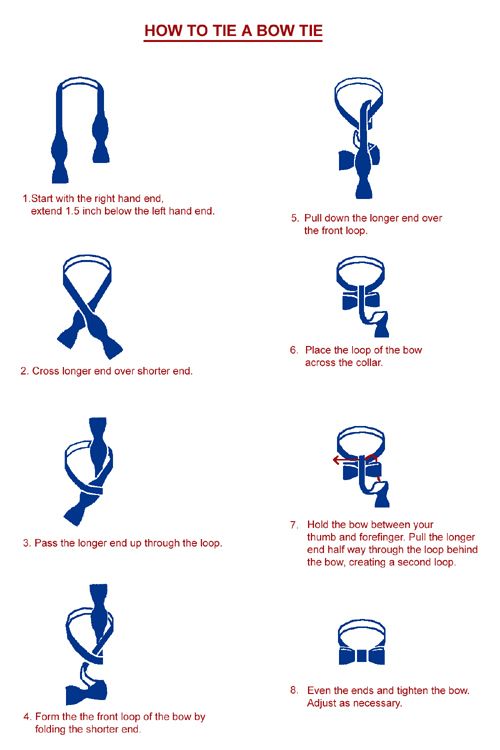 At the top of the hole.
At the top of the hole.
06. Welded shield fixing system. No, this is not a bottle of Zhatetsky Gus beer, this is gasoline.
07. Stepsons welded on. There was an error in the calculations. It was assumed that the stepchildren would strengthen the pillar from swinging, but they were attached lower than necessary. Further in the photo you will see that they protrude quite a bit from the ground. It would be possible to raise 30-40 cm higher. And now, nevertheless, the pillar sways during the game.
08. The heels are welded to the part that goes underground.
09.
10. Everything is painted
11.
12. Fit
13. It will be found so for a couple of days and you can continue the part of the pillar, because there was no putty for metal, to putty the seams. The putty was bought in addition, puttied and repainted a little later.
14. Up!
15. Shield assembly.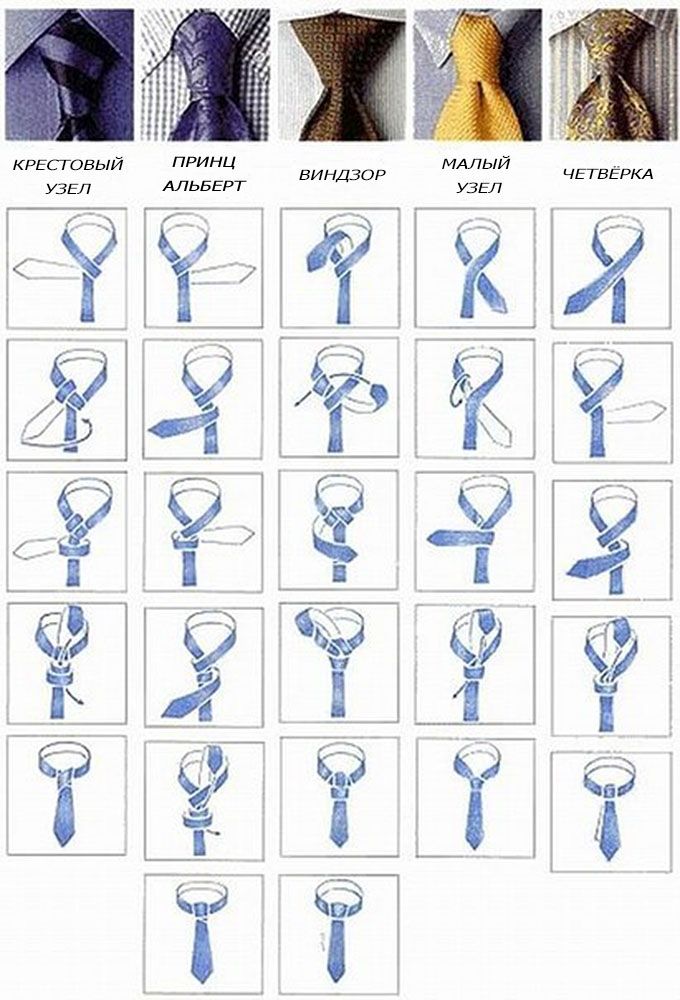
16. Done!
17. Now the ring is at its lowest height. Even lower than calculated, because one hole is not used (see the vacant thumb screw). Altitude change occurs with the help of one man-power on a stepladder.
18.
19. The village basketball open championship has begun!
Did you have to restrain yourself when you passed the basketball court in order not to throw the ball into the basket? Why hold back? Team sports reliably unite people of any age, religion and social status. And in order to look decent at any moment and on any site, it is enough just not to start training.
Small places for playing streetball can be equipped on sports grounds near the house, and rings can be built at summer cottages for children to play from improvised means. So, how to make a basketball hoop yourself?
Dimensions and materials required
- The inner diameter of the basketball hoop is 45 cm;
- the height of its upper edge above the playground is 3.
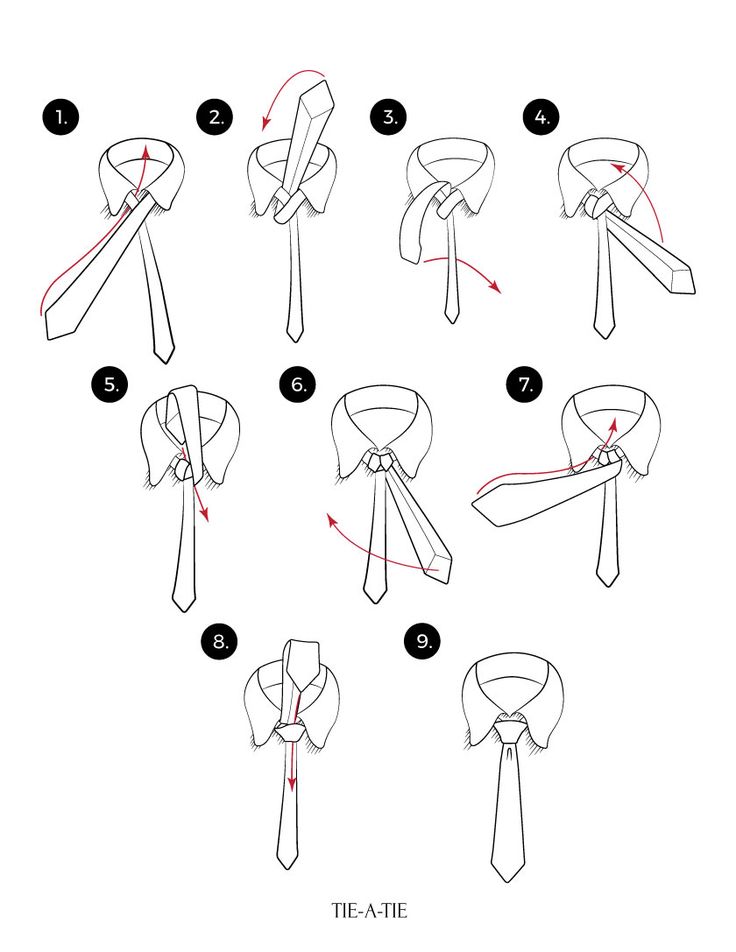 05 m;
05 m; - ring material - metal bar, plastic pipe, improvised materials;
- the diameter of the rod or pipe for the ring is 16-20 mm;
- distance from the ring to the shield - 15 cm;
- mesh length - 40-45 cm;
- mesh material - metal chain, synthetic cord, rope, braid.
Types of basketball hoops
Hoops can be different:
- metal with anti-vandal nets made of metal chain;
- metal with rope mesh;
- plastic with nets of various types of materials;
- creative (from the remains of construction, from old furniture, from large plastic containers).
The construction of a metal bar ring begins with marking. Since the basket must have an internal diameter of 45 cm, a rod or pipe is selected based on this.
Material length is calculated using the formula:
Bar length = Circle diameter x 3.14 (pi value). We have 45 × 3.14 = 141.3 cm.
Since we need to fasten the ring to the shield, take the length of the rod about 150 cm.